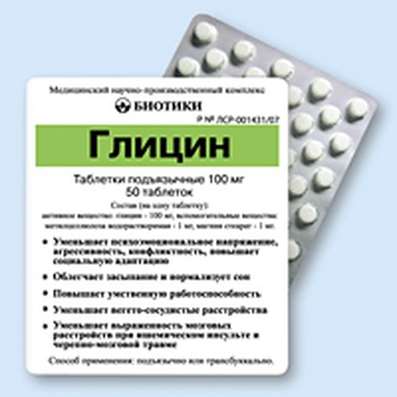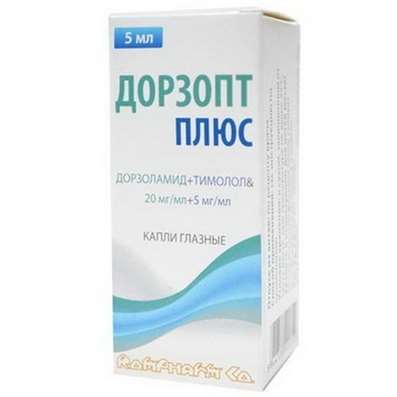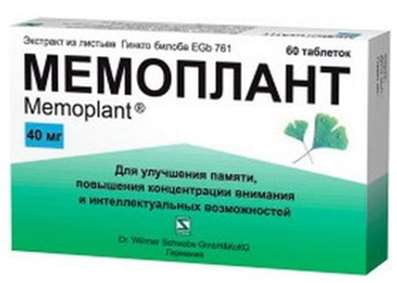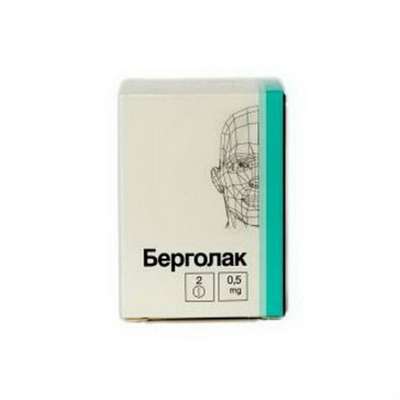Instruction for use: Adepress
I want this, give me price
Dosage form: coated tablets
Active substance: Peroxetine*
ATX
N06AB05 Paroxetine
Pharmacological group:
Antidepressants
The nosological classification (ICD-10)
F10.2 Syndrome of alcohol dependence: Dipsomania; Drunken drunkenness; Dependence on alcohol; Psycho-organic syndrome in chronic alcoholism; Alcoholism; Alcohol addiction; Drunken state; Alcohol abuse; Ideator disorder in alcoholism; Obsessive attraction to alcohol; Neurotic symptoms with alcoholism; Pathological attraction to alcohol; Chronic alcoholism; Quarterly drinking; Decreased desire for alcohol
F31.9 Bipolar affective disorder, unspecified: Depressive episode of bipolar disorder
F32 Depressive episode: Adynamic subdepression; Astheno-adynamic subdepressive states; Asthenoadressive disorder; Astheno-depressive disorder; Asthenodepressive state; Astheno-depressive state; Major Depressive Disorder; Vyaloapatichesky depression with retardation; Double Depression; Depressive pseudodement; Depressive illness; Depressive mood disorder; Depressive disorder; Depressive mood disorder; Depressive state; Depressive disorders; Depressive syndrome; Depressive syndrome larviated; Depressive syndrome in psychoses; Depressed masks; Depression; Depression Depletion; Depression with the phenomena of inhibition within the framework of cyclothymia; Depression is smiling; Involutional depression; Involutionary melancholy; Involutional depression; Manic-depressive disorder; Masked Depression; Melancholic Attack; Neurotic depression; Neurotic depression; Shallow Depression; Organic depression; Organic depressive syndrome; Simple depression; Simple melancholic syndrome; Psychogenic depression; Reactive depression; Reactive depression with moderate psychopathological symptoms; Reactive depressive states; Reactive depression; Recurrent depression; Seasonal depressive syndrome; Severostatic depression; Senile Depression; Symptomatic Depression; Somatogenic depression; Cyclotymic depression; Exogenous depression; Endogenous depression; Endogenous Depressive Conditions; Endogenous Depression; Endogenous depressive syndrome
F34.1 Dysthymia: Dysthymic state within the framework of psychopathic disorders in children and adolescents
F41.0 Panic disorder [episodic paroxysmal anxiety]: Panic state; Panic attack; Panic; Panic disorders
F42.9 Obsessive-compulsive disorder, unspecified: Compulsive personality; Compulsions and compulsive actions; Obsession; Obsessive Compulsive Disorders; Compulsion Neurosis; Obsessive-compulsive depression; Obsessive-compulsive state; Obsessive neurosis; Obsessive-compulsive personality
Composition and release form
Coated tablets.
paroxetine hydrochloride 0.0228 g
in terms of paroxetine 0.020 g
auxiliary substances: calcium phosphate dibasic; corn starch; sodium carboxymethyl starch; magnesium stearate; hydroxypropylmethylcellulose; titanium dioxide; PVP (povidone); talc; Tween-80 (polysorbate)
in a planar cell pack of 10; in a pack of cardboard 3 packs.
Description of dosage form
The tablets covered with a cover, white or almost white color, round, biconcave form. On the cross-section, 1 or 2 layers are visible. The inner layer is white or almost white.
Pharmachologic effect
Mode of action - antidepressant.
Pharmacodynamics
Selectively inhibits the reuptake of serotonin (5-HT) in the central nervous system, enhances serotonergic transmission in the central nervous system. The effect manifests itself in 7-14 days. Reduces anxiety, depression.
Pharmacokinetics
When administered orally at a dose of 30 mg / day, the time to reach the equilibrium plasma concentration (Css) is 7-14 days. Cmax in blood plasma is 61.7 ng / ml, the time of its attainment is 5.2 h. Absorption is high. Binding to proteins - 95%. Metabolized in the liver with the formation of inactive metabolites (is an inhibitor of the enzyme system CYP2D6). It is excreted by the kidneys - 64% (unchanged - 2%) and through the gastrointestinal tract - 36% (unchanged - 1%). T1 / 2 - 21 hours.
With increasing dose and / or duration of treatment, there is a non-linear dependence of pharmacokinetic parameters on the dose.
Indications for Adepress
depression of various etiology (including anxiety, reactive, recurrent, atypical and postpsychotic, depressive episodes of bipolar disorder, dysthymia, depression on the ba
obsessive-compulsive (OCD);
panic disorders (including with agoraphobia);
social anxiety disorder / social phobia;
generalized anxiety disorder;
post-traumatic stress disorder.
Contraindications
hypersensitivity;
reception of MAO inhibitors and a period of 2 weeks after their withdrawal;
pregnancy;
lactation period.
Application in pregnancy and lactation
Contraindicated in pregnancy. For the duration of treatment, breastfeeding should be discontinued.
Side effects
From the nervous system: insomnia, drowsiness, dizziness, paresthesia, tremor, nervousness, amnesia, agitation, asthenia, decreased concentration, anxiety.
From the musculoskeletal system: myalgia, muscle weakness, myoclonia, myopathic syndrome.
From the senses: a change in taste, a violation of sight.
On the part of the genitourinary system: urinary retention, increased urination, impaired sexual function (including decreased potency, impaired ejaculation), decreased libido.
From the digestive system: change in appetite (increase or decrease), nausea, dry mouth, constipation or diarrhea.
Other: rhinitis, increased sweating, skin rash.
Interaction
Incompatible with MAO inhibitors (the interval between administration is 14 days).
With a simultaneous appointment with tryptophan can cause a "serotonin syndrome": agitation, anxiety, diarrhea.
Increases the concentration of procyclidine.
Against the background of receiving indirect anticoagulants increases the time of bleeding with unchanged PV.
Microsomal oxidation inductors in the liver (phenobarbital, phenytoin) reduce concentration and efficacy; inhibitors of microsomal oxidation - increase.
Antidepressants (nortriptyline, amitriptyline, imipramine, desipramine and fluoxetine), phenothiazine derivatives (thioridazine), antiarrhythmic drug class (including propafenone) increase the risk of side effects.
Dosing and Administration
Inside, once, in the morning, the tablet is swallowed whole, washed down with water.
With depression: 20 mg / day; if necessary, the dose is gradually increased by 10 mg / day, with an interval of at least 1 week, the maximum daily dose is 50 mg / day. The course of treatment is long. Efficacy is assessed after 6-8 weeks.
With renal and / or hepatic insufficiency, in elderly and weakened patients: the initial daily dose is 10 mg, the maximum daily dose is 40 mg.
Obsessive-compulsive disorder: the average therapeutic dose is 40 mg / day, if necessary - 60 mg / day.
In panic disorder: an initial dose of 10 mg / day (to reduce the possible risk of developing panic symptoms), followed by a weekly increase of 10 mg; the average therapeutic dose is 40 mg / day; the maximum dose is 60 mg / day.
Overdose
Symptoms: nausea, vomiting, tremor, mydriasis, dry mouth, irritability.
Treatment: gastric lavage, the appointment of activated charcoal. If necessary, symptomatic therapy.
Precautionary measures
Joint reception with preparations containing lithium is carried out under the control of the concentration of lithium ions in the blood.
During the treatment period, one should refrain from using ethanol and from practicing potentially dangerous activities that require an increased concentration of attention and speed of psychomotor reactions.
Caution should be observed when prescribing the drug to patients with hepatic insufficiency, chronic kidney failure, angle-closure glaucoma, prostatic hyperplasia, and elderly people.
Storage conditions for Adepress
At a temperature not exceeding 30 ° C.
Keep out of the reach of children.
Shelf life of Adepress
3 years.
Do not use after the expiry date printed on the package.

 Cart
Cart





